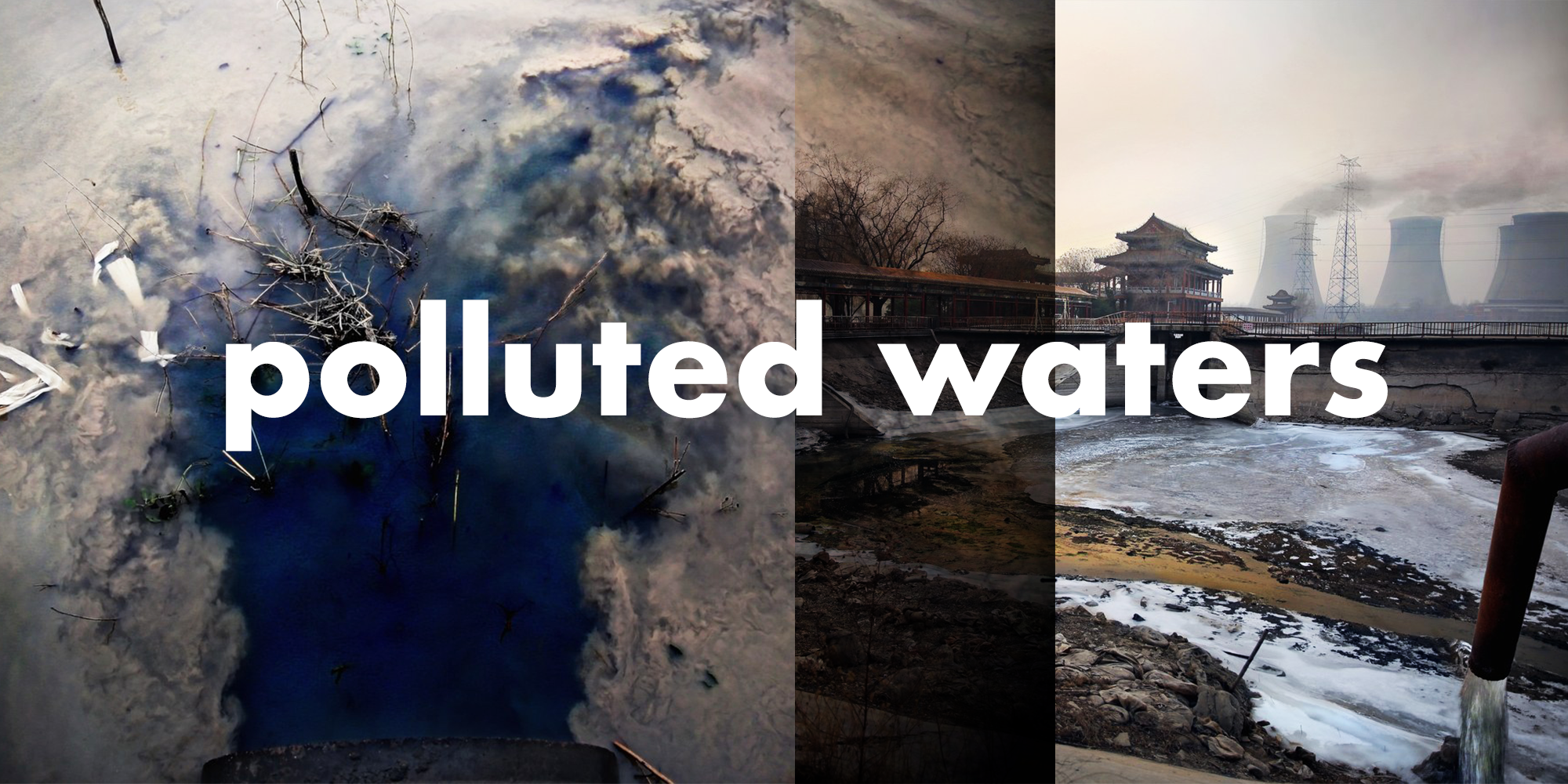The business of Fashion and Textiles is the most polluting in the World and Denim and jeans is THE biggest culprit of all. It is a water intensive industry. Needing gallons of water for cotton growing, dyeing and finishing. All manufacturing facilities are located near to a natural water source and although it is a global law to return the water back to the source as clean or cleaner than when it was taken out there are a number of countries and companies that flout the law, China, India, Bangladesh to name but a few. The dyeing of Indigo is chemical and dye heavy emitting such filthy water, sludge and slurry killing everything it contacts when returned to the environment without being correctly cleaned. These heavily polluted waters then soak into the earth contaminating the soil within their proximity. It takes 8000 litres of water, almost 2000 litres of which is required to grown the cotton, and 5 kgs of harmful chemicals to make a pair of jeans. And there are millions of pairs of jeans manufactured in all the offending countries. Which is why there is a Worldwide mission to clean up the denim and jeans industry fast.
For example in 2010 it was said that the dust in Xintang city, China was blue. The city was so polluted houses couldn’t be given away, no-one wanted to live there. The area used to be famous for fruit growing and fishing now there is no sign of farming. Instead it is an industrial park with oil tanks and a waste water treatment plant.
Thankfully most offending companies and cities are cleaning up their act. But not quickly enough.
Cotton is a environmentally harmful and water intensive crop to grow requiring almost 2000 litres for enough cotton to make a pair of jeans. The crops need constant irrigation and the chemicals required to keep the crops pest free are harmful to both soil and the environment. Most fashion and textiles are made from cotton but jeans are the single biggest user and being the most popular items of clothing across all generations. So in wearing our beloved jeans we are contributing to the destruction of the environment.
Organic cotton is much better being grown without chemicals. It still requires water but this comes from above naturally. It also cannot be grown on land that has had any other crop for 5 previous years. It is picked without polluting machine so it is energy less. Organic cotton is therefore in short supply. Certification allows the consumer to make organic cotton an informed choice.
BCI cotton , Better Cotton Initiative, is another answer. Chemicals used are reduced and less harmful and the picking of the cotton energy less. Farmers are remunerated with a living wage and the whole process is closely monitored. Big retail brands such as Ikea, Levi, M&S, Uniqlo, H&M all are part of the BCI users community.
All denim manufacturers are under pressure to provide denim made with organic cotton or BCI cotton at the same price as ordinary cotton. This is a positive step even if those manufacturers are non too happy to swallow the additional cost
WATER! The most precious and most essential element of life.
We are abusing its supply, taking the provision of clean water for granted. I have written above the need for waste water to be cleaned and of the water greedy cotton crops to be limited. What is bizarre in this world of denim is that most of the World’s denim is made where the water supply is limited. Made in hot arid countries where boreholes are relied upon for the water supply. Why? Because these countries have historically the cheapest labour. And whilst the making of broad denim is not labour intensive the making of the jean is. The jean is also responsible for the consumption of the majority of the gallons and the use of harmful chemicals.
Happily both Jeans Brands and Denim manufacturers are at last waking up collectively and individually doing something about their filthy industry.
Waste water treatment is a global requirement by law. Recycling and recovery of all chemicals used in the processes is now the norm. Changing the way in which a jean is “finished” is saving millions of gallons of water - ozone fabric finishing, laser finishing the garment instead of stone washing; dry finishing instead of water tumbling are having a hugely beneficial effect. Recycling of post consumer waste and post industrial waste is changing the nature of the jean itself. Alternative cellulosic fibres makes a softer more drapey denim even when blended with cotton and we are also looking at a “cotton free” jean which will be the cleanest item of clothing in your wardrobe.
Maybe soon we will only be able to buy traditional 3x1 heavy weight cotton jeans from vintage stores at high prices!



